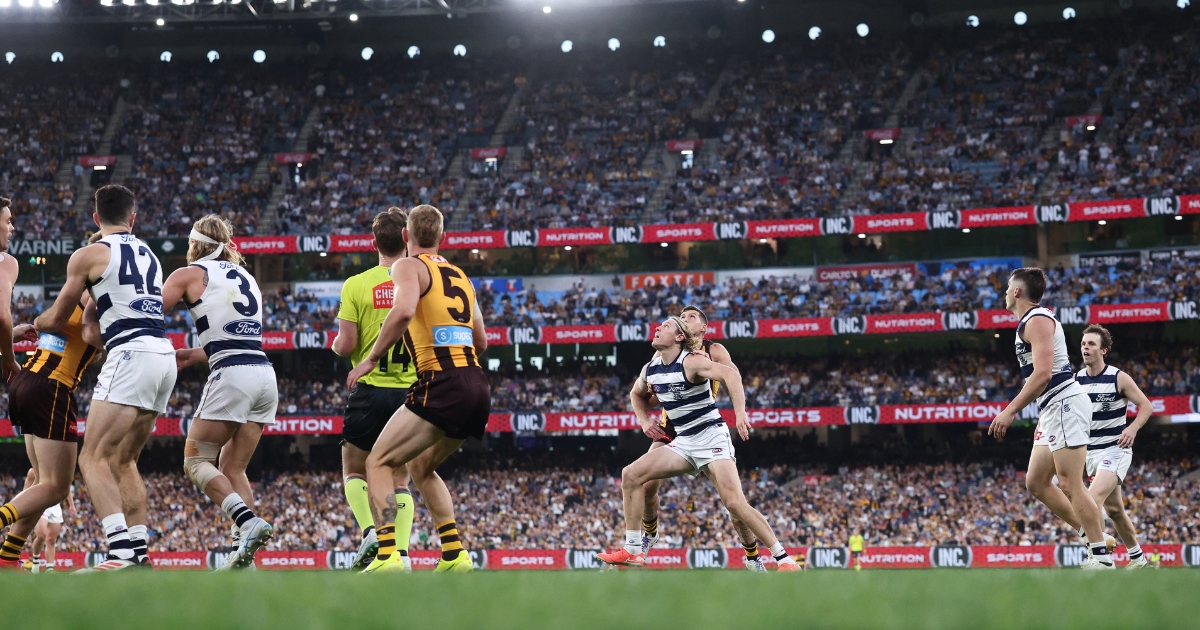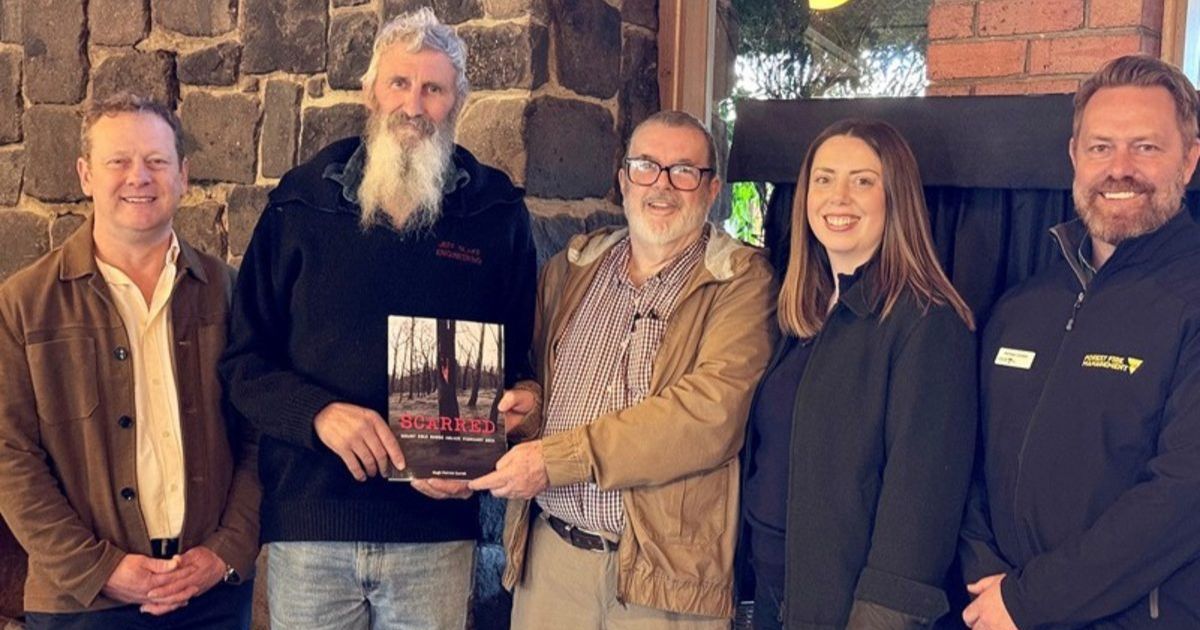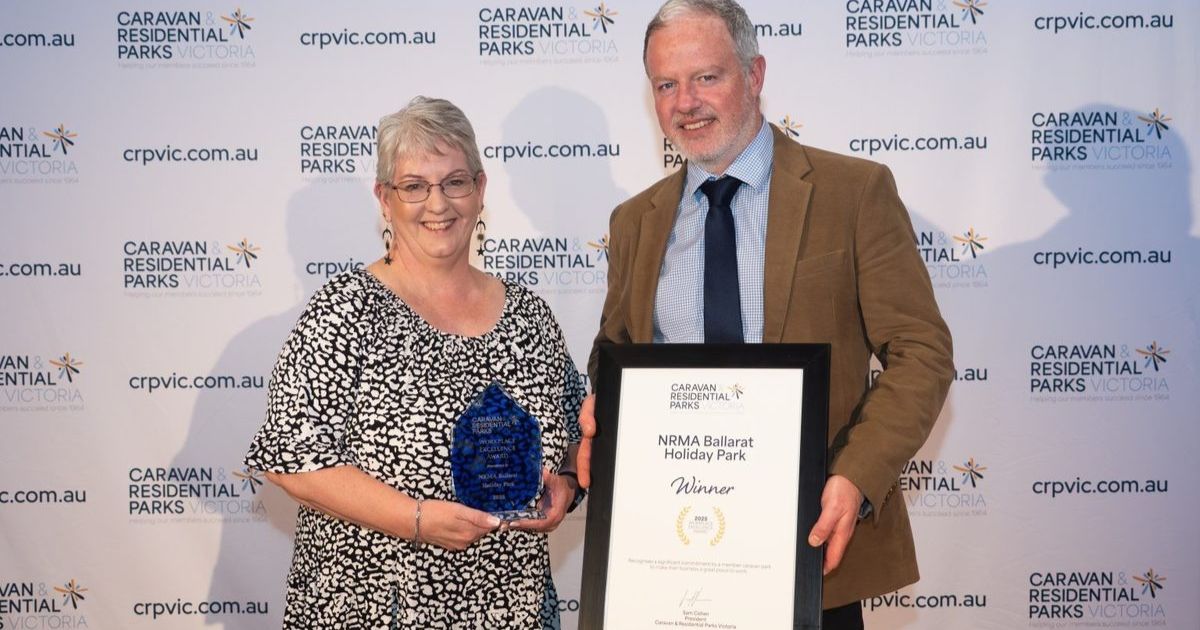One hundred years of a merged Ballaarat
NEXT Tuesday will mark the centenary of one of the most significant handshakes Ballarat has ever seen.
On 25 May, 1921, the area’s two councils, the City of Ballaarat and the Town of Ballaarat East amalgamated, as the spending of money moved west, putting economic pressure on the neighbourhoods east of Bridge Street.

Historian and author of The Astonishing History of Ballarat series Doug Bradby said the idea of merging was rejected by the Town of Ballaarat East three times, before they agreed to join in 1920, and the deal was sealed in “the beating heart of historic Ballarat” in 1921.
“The mayor of Ballarat East walked down through the mall, and the mayor from Ballarat West walked down from the Town Hall, they met at Grenville Street where you go into Bridge Street with a little ceremony, and they shook hands,” he said.
“This was meant to be a celebration, but there was a touch of a surrender to it. The economic base, wealth and rates were moving west, and the little old humpies in Ballarat East weren’t generating rates.
“I don’t think that the East thought it would be a happy marriage. It was quite negative. They were defeated.”
As part of Ballarat Heritage Festival, Mr Bradby presented the Ballarat Historical Society’s Nathan Spielvogel Oration at the Ballaarat Mechanics’ Institute last week on All the Petty and Foolish Jealousies of East and West.
He was “honoured to pay tribute” to Nathan and his family, and share some background on the municipal amalgamation, which hasn’t been seen as a high-profile event in the City’s history, although it was an important moment.

It was also an opportunity for Mr Bradby to recognise and highlight Ballarat East, and its former council, which was based at the Ballarat East Town Hall on Barkly Street. This is now the site of BGT’s Barkly Square.
“Ballarat was born in Ballarat East. It’s where the gold was found, the first five years of wealth was extracted, and where people earned money.
“In Ballarat East we got democracy after Eureka. They got the vote, ratepayers, a council to vote in, and they ran their mining laws themselves; money in your pocket and political rights,” he said.
“The long, drawn-out spending of that was in Ballarat West from 1860 to 1920. It became a gold city, which meant we had foundries and engineering, then textiles and industries. We got industry from the West, democracy from the East; our left leg and right leg.”
If Mr Bradby had been voting in that fourth amalgamation poll in 1920, he would have been in favour of the merger, suggesting action continue on Barkly Street.
“Keeping the Town Hall and civic operations at the original East buildings would have forced the councillors of the West to address the issues of the East,” he said.
“The East had the worst floods, fires, unemployment rates; problems which ended up being addressed at a snail’s pace.”



















